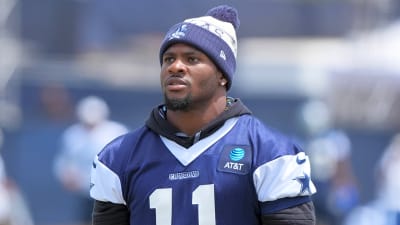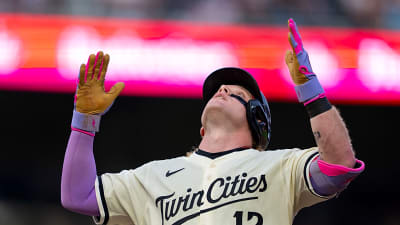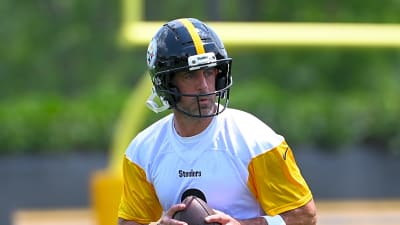
One staple of Illinois coach Brad Underwood’s offensive philosophy is clear and simple: take a lot of threes. And as the analytics seem to bear out, that’s theoretically the right choice. It doesn't take a mathematician to crunch the numbers.Here’s a quick breakdown:
A mark of 50 percent shooting from two-point range would delight any head coach. To score the same number of points on the same number of shots from three-point range would require only a 33.3 percent success rate. Example: If a team takes six two-point field goals and makes three of them (50 percent), it scores six points. To score six points on six attempts from three-point range, the team needs to make only two shots (33.3 percent).
So to score at an equivalent 50-percent two-point shooting rate, a team needs to make just 33.3 percent of its triples. For some perspective, 214 of 355 Division I programs did just that last season – but the Illini (31.3 percent) weren’t one of them.
But considering Illinois surpassed the 33.3 percent team mark in all but two seasons since Underwood took over – and given that he and his staff have built a roster chock full of shooters – it seemed to make perfect sense for the Illini to let it fly from deep.
Basketball, however, isn't played by numbers. Certain influences on the game can’t be quantified: rhythm, flow, confidence, wear and tear – both mentally and physically.
A dagger three-pointer can silence a crowd and drain the color from an opponent's face, but to create open looks from outside and make those threes consistently is another story. It typically requires a certain amount of attacking the rim or post play to force a defense to pick and choose. Not for nothing, but some of the Illini's most efficient three-point shooting performances last season came when they achieved a healthier offensive balance. (See: the Minnesota win.)
Also, shooting mechanics and repetitions play a role. A wide-open look off a flare screen is a great shot, but an inside-out look is even better. Ask any shooter in the world: Whether from spinning the ball to themselves, getting up shots on the gun or working with a rebounder, every shooter gets more practice reps replicating inside-out shots than perimeter swing passes.
Moral of the story: The best offenses, at any level, are predicated on – at some point, and to a certain extent – getting two feet in the paint. Whether it’s a drive or a pass, the best possessions and best looks come when defenders are put in motion – something best achieved by a driver or post-up possession.
Does that mean the Illini should take fewer threes? Not exactly. But they must be less focused on actively searching out, and most of all settling on, the long ball. Take advantage of Kylan Boswell’s downhill ability, of Andrej Stojakovic’s crafty drives, of Tomislav Ivisic’s back-to-the-basket game. Play through the pick-and-roll with Mihailo Petrovic and Ivisic, and let the game flow. Too often last season Illinois would run and gun, firing up the first look that presented itself. And after living and dying by the three last season (fourth-most attempts in Division I and the most of any high-major squad at 30.1 per game), hopefully the Illini have learned their lesson.
KYLAN BOSWELL WOW He had the defender LOST on the hesi #MarchMadness @IlliniMBB pic.twitter.com/GhbT2YAdyC
— NCAA March Madness (@MarchMadnessMBB) March 23, 2025
This time around, with a roster featuring even more shooters, Underwood should continue to encourage his shooters to never turn down an open look. But rather than hunt triples in the same fashion as last season, the Illini should use every inch of the court and be ready to pull the trigger from long distance when the opportunities (inevitably) come. Ironically, the way to find more of those chances may just be to stop looking so hard for them.
Illinois on SI verdict: Shoot 3-5 fewer threes per game
More From Illinois on Sports Illustrated:
Illinois Basketball Loses Out on Four-Star Forward Colin Rice to Nebraska
Kansas Coach Bill Self, Former Illinois Head Man, Hospitalized But Recovering
NBA Summer League Grades for Illinois Alums: Miami Heat's Kasparas Jakucionis
More must-reads:
- NFL insider reveals new info on Cowboys-Micah Parsons struggle
- Tottenham Hotspur star announces unexpected departure
- The '250-strikeout MLB seasons' quiz
Breaking News
Trending News
Customize Your Newsletter
 +
+
Get the latest news and rumors, customized to your favorite sports and teams. Emailed daily. Always free!








